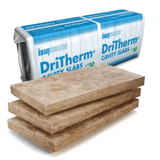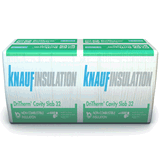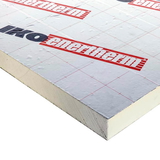- Blogs
- Retrofit Cavity Wall Insulation - What you need to know
Retrofit Cavity Wall Insulation - What you need to know

If your home was built after the 1920's you likely have cavity walls, which means you need cavity wall insulation. Cavity wall insulation is an important part of the process of building a new home or altering an existing one.
Cavity wall insulation not only improves the energy efficiency of your home but also reduces energy costs as it restricts the transfer of nearly 35% of warm air through walls.
Retrospective cavity insulation is the process of injecting insulation (often wool fibres or polystyrene beads) via drill holes under pressure. The goal is to completely fill the cavity and stop heat loss through walls by increasing its thermal performance.
As important as cavity wall insulation is to make your building more energy efficient, there are quite some problems associated with it. BRE has issued a warning on problems with cavity wall insulation.
Problems with cavity wall insulation
The Cavity Insulation Guarantee Agency established to protect consumers, has also seen a number of problems arise from cavity wall insulation. It’s important to check the cavity before insulating it and only proceed if the wall complies with the British Standard. 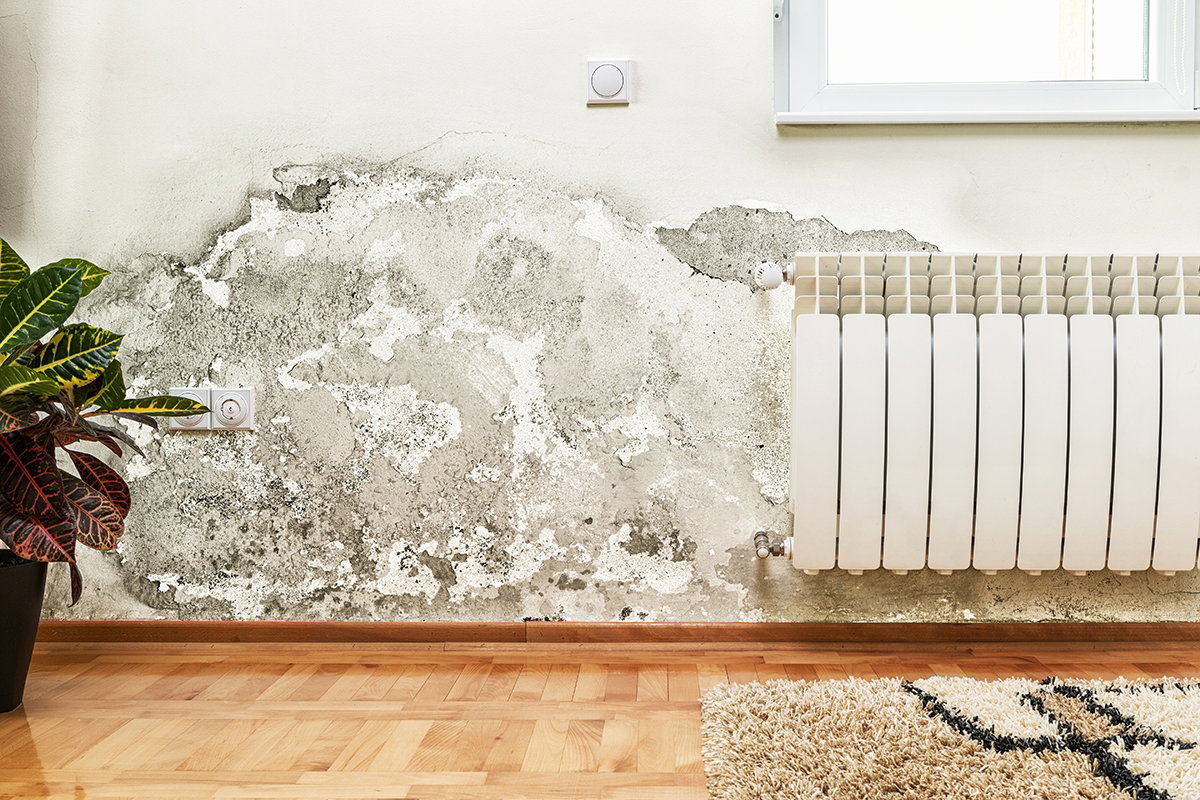
Unfortunately, hardly any cavity walls meet this requirement. They often contain unfilled mortar joints, debris down the cavity, and wall ties covered in mortar droppings. Many installers fail to spot these problems and simply proceed with the insulation without taking any precautions.
These imperfections prevent the cavity wall insulation from filling the cavity evenly. Insulation installers also have many spots which cannot be reached even with their equipment, so they may have to drill many holes and still not fully fill the cavity.
BRE warns of problems with cavity wall insulation, especially in exposure zone 4. Rain can easily transfer moisture to the inner wall of the house. BRE has warned that retrofitting cavity wall insulation is not suitable in some exposure zones.
The worst affected areas are those that experience wind-driven rain. Areas exposed to such winds include areas of the UK, and particularly Wales along the West coast. Cavity wall insulation is particularly vulnerable to wind-driven rain, which can penetrate the outer wall, bridge the cavity, and transfer moisture to the internal walls.
So it is of utmost importance that a pre-installation check is done before you go for injected cavity wall insulation. A survey should be conducted to assess the suitability of a property for retrofit cavity wall insulation. A retrofit cavity wall insulation in an exposed zone will be suitable only if the external brickwork is of high quality.
Cavity wall Insulation and Moulds
In addition to moisture, a leaking cavity is a breeding ground for mould and mildew. Its constant presence in a cavity can make it colder than the surrounding atmosphere. Mould is not healthy to be breathed in and can be very dangerous for those with underlying health conditions.
One common problem that many users report is increased condensation, which homeowners attribute to the reduced breathability of the walls. In fact, it's not, it's to do with the outside skin of brickwork letting in water into the cavity. Cavity wall insulation installers often block airbricks, which means the occupiers need to compensate by opening windows to dry out the house.
Retrofit Cavity wall Insulation - EPS beads
Expanded polystyrene beads or EPS beads are the most common type of retroactive cavity wall insulation installed. These are injected into a cavity, where they solidify into the mixture.
If over-bonding happens, water can permeate through and can even cause damage to brickwork. There are many disadvantages associated with using polystyrene beads (EPS) as cavity wall insulation. Incorrect installation can result in cold spots, voids, and gaps. 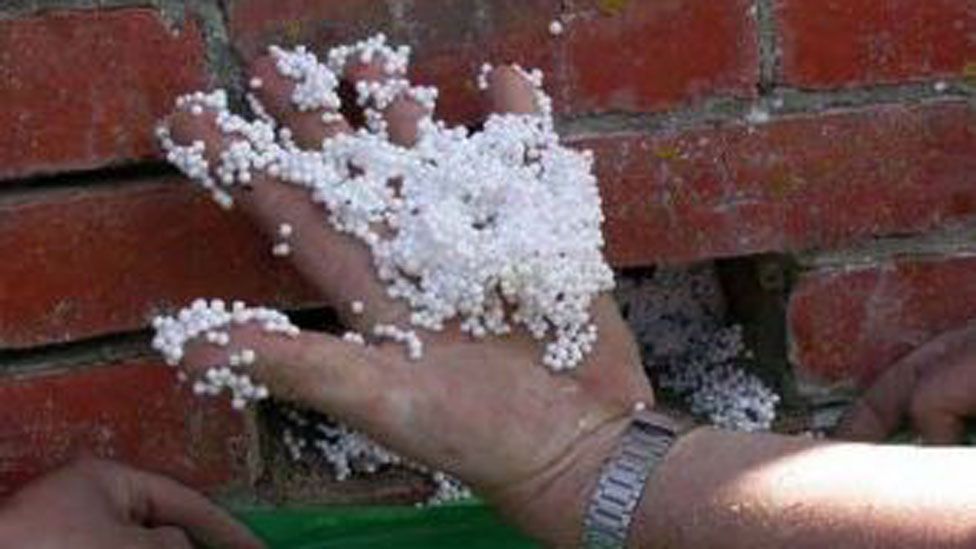
This material cannot be removed easily and may require tearing down the wall. Moreover, if it is not installed properly, it may cause a build-up of mould. Because of the lack of bonding, polystyrene beads can escape and leak into the external walls.
There is anecdotal evidence of beads pouring out of the walls when they cut into the insulated walls and beads blowing into the loft spaces and the gutters. This can cause problems with neighbouring homes and be detrimental to the overall integrity of your house.
Incorrect installation of polystyrene cavity wall insulation may result in condensation and dampness, both of which can be very damaging. To avoid this, you can employ a professional to carry out a cavity wall inspection.
Professionals in this field are trained to spot defects and correct the problems associated with polystyrene insulation. They also know what to look for when assessing a home’s insulation needs.
Retrofit cavity wall insulation - Fiberglass Insulation
Fibreglass is made up of glass wool fibres that are injected into the cavity and settle into the walls. When the material is fully enclosed, it has no health risks. The problem, however, is when gaps appear in the cavity, and fibreglass can escape. While blown fibreglass is not hazardous to the environment, it can irritate the skin and eyes.
Another effect of filling cavities with glass wool fibres is that they may get soaked if your cavity walls have pre-existing moisture problems and sink to the bottom of the cavity. Soaked glass wool fibres can cool the interior wall surface, especially if the elevation is particularly poor or exposed, as on the coast.
The result is the reverse of what was actually intended because the house would become colder due to the colder walls. In severe circumstances, it may result in condensation and black mould. There are legitimate complaints about this issue throughout the UK.
In Conclusion:
Cavity wall insulation works well only if it is installed properly. Proper pre-installation checks or surveys need to be done before installation and remedial measures must be taken. Be sure to contact certified, CIGA or BBA-approved cavity wall insulation installers before you think about retrofitting cavity insulation.
If however, you are looking for cavity batts like Dritherm 32 or Dritherm 37 or PIR for cavity walls, you can purchase these online, right here at Buy Insulation Online. We also leading insulation suppliers for ductwrap, valve covers, pipe lagging, wall, loft and floor insulation materials.

Samuel Hitch
Managing Director
Buy Insulation Online.
Leave A Reply
Your feedback is greatly appreciated, please comment on our content below. Your email address will not be published. Required fields are marked *




